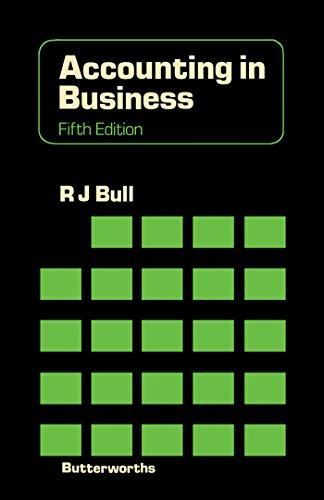Question
Founded in the late 1930s, both Hewlett-Packard (HP) and Polaroid grew to become the technology titans of the 20th Century with their numerous innovations. While
Founded in the late 1930s, both Hewlett-Packard (HP) and Polaroid grew to become the technology titans of the 20th Century with their numerous innovations. While the Disruptive Innovation of recent technology upstarts have eroded the iconic status of these two giants, some of the business and technological innovations from these two companies and their remnants have continued to improve and impact peoples lives. HP became a multinational corporation widely respected for its products, and its management style and culture known as the HP Way. One of HPs most successful products was the HP LaserJet Printer. It first appeared in 1984 to rave reviews. The huge sales from HP LaserJet Printer helped it to become the first successful HP product for the Personal Computer (PC) market. Due to the pressures in the technology and business world, Hewlett-Packard was split into two companies in 2015: HP Inc., which made personal computers and printers, and Hewlett Packard Enterprise, which provided products and services for businesses. Even till today, consumers can easily find a HP PC, laptop or printer anywhere in the world due to the HPs competency in establishing a huge global distribution network. Polaroid Corporation (Polaroid) was co-founded by Edwin H. Land, the scientist and inventor, who went on to commercialise his polarising polymer. The company became famous for their instant film, which uses these polarising polymers, and its accompanying cameras. Polaroid is also a well-known case study for belatedly winning a 14-years-long patent-infringement case against Kodak on their instant-photography patents. The Zink (Zero Ink) technology started as a project inside Polaroid Corporation in the 1990s. This technology was touted as the next big thing in instant photography as it uses thermal energy on a special paper to create images instead of using ink. The Zink paper is an advanced composite material with embedded yellow, magenta and cyan dye crystals that will change colour. The image is formed according to the photograph based on degree of heat each crystal receives. In a 2"x3" print, a Zink-enabled printer uses 200 million heat pulses to activate and colourise 100 billion crystals, in 30 seconds, in a single pass. The final result is a photographically correct print that is not only completely dry, but also waterproof, smudge-proof, tear-proof, peel-off and sticky-backed. In 2005, Polaroid spun out Zink as a fully independent company. Two years later in 2007, Zink unveiled its ink-free printing technology product in collaboration with Polaroid - PoGo Instant Mobile Printer. The form factor of the printer is only slightly bigger than an iPhone with a build-in rechargeable lithium-ion battery that weighs in at 230 grammes. It connects to a mobile phone via wireless Bluetooth or to a digital camera through a USB cable to make instant 2x3 photos. Not long after, Dell (one of HPs PC market competitors) introduced their Zink-enabled Wasabi Portable Photo Printer in 2009. Seven years after PoGo and the appearance of many other competitors (Kodak, C+A Global and Prynt), HP released the Sprocket, a Zink-enabled portable mobile printer, into the market in September 2016. Similar to the original Zink-enabled PoGo, the Sprockets footprint is about the same as a smartphone. The functionality of the Sprocket is unchanged when it is compared to the PoGo to allow smartphone users to print their photos via Bluetooth. Assume that you are an external consultant hired by the founder of a major Asian company named Ototo. This family run company has been a major PC Peripherals company that specialises in printers, scanners and facsimile machines. The likely second-generation successor is keen to create a new business unit that specialise in the Zink-enabled Portable Mobile Printer market. The current non-family management team is not impressed with the idea. You have been asked by the founder to generate a report to help the founder make this strategic decision. From your studies at SUSS, you understand the need to use the relevant frameworks and include relevant diagrams, learnt from this course, in order to present your report in an unbiased and systematic manner. You are well aware that you would need to carry out the necessary research in order to complete the report for the founder. These will be the key factors to impress the founder of Ototo. Due to the restrictions imposed on business travel, you are required to complete the report by answering all the following questions. In addition, you would need to summarise the findings of Question 2 and Question 3 in a video presentation with slides in PDF format.
(c) Develop the Profit Model Innovation that Ototo can employ based on the answer developed in Q2(b). (5 marks)
Step by Step Solution
There are 3 Steps involved in it
Step: 1

Get Instant Access to Expert-Tailored Solutions
See step-by-step solutions with expert insights and AI powered tools for academic success
Step: 2

Step: 3

Ace Your Homework with AI
Get the answers you need in no time with our AI-driven, step-by-step assistance
Get Started


